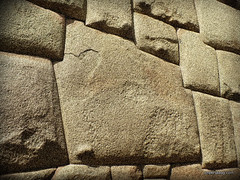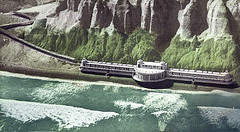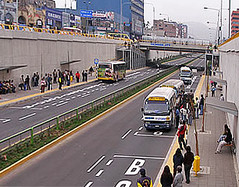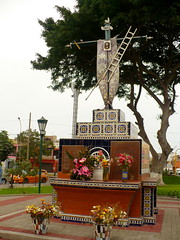Another victim of global warming: Chachani volcano now without snow
As more and more of Peru’s glacial peaks find themselves without their snowy white caps, one more can now be added to that growing list.
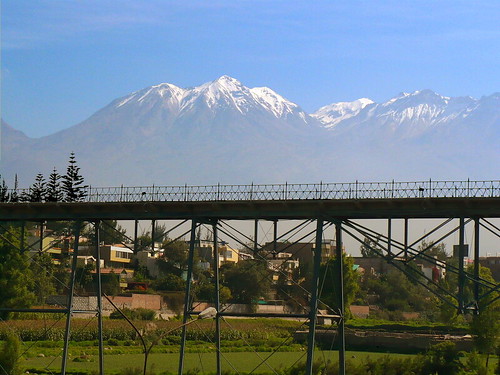
End of Andean winter, April 2008
Life on the barren Peruvian coast and dry ocean-facing Andean slopes is predicted to become just that much drier in the coming years. As the world heats up and the tropical glaciers of Peru’s Andes mountains disappear, the narrow green fertile valleys that are fed by their melt waters will also disappear. The rivers that run down to the Pacific ocean provide fresh water to the vast majority of the Peruvian population, those in the cities and those in the fields alike.
The Nevado Chachani, a volcano found in Arequipa, this November finally ran out of snow according to local authorities. Engineer Zacarías Madariaga of the region’s Environmental Health Agency, explains that the final decline in the amount of ice at the volcano’s peak started in September, picked up pace by October and the ice was completely gone by November. And just like that, in such a short period of time, the peak was without snow for the first time in its history.
Water crisis
Arequipa is this year facing a water crisis, with two of its four reservoirs empty. The other two hold a combined 73 million cubic metres, while the White City uses one million per day.
Sebastián Zúñiga Medina, regional director of SENAMHI, Peru’s meteorological and hydrological authority, explains that the period encompassing the last few months of 2007 were the hottest and driest recorded. This led to more water evaporation – an incredible 7 litres per any square metre of exposed water [per time period was not given by the source].
He goes on to explain that the Chilina river, on which the city of Arequipa sits, is likely to be affected as Chachani fuels the Chili river that is the Chilina’s source.
Both Madariaga and Zúñiga blame global warming for the loss of ice and impending droughts, but also blame local authorities who ignored several years of warnings. City authorities did nothing to reduce air pollution and ignored recommendations to re-forest surrounding hills to increase the humidity of the air.
For those who have been to Arequipa, Chachani is located to the left of the famous El Misti, and was always covered in snow even why El Misti wasn’t.
Tags: arequipa, environment, glacier, global warming, nevado chachani, SENAMHI, volcano, water crisis



![Potato Planting in Chinchero [Featured]](http://farm4.static.flickr.com/3198/2687152654_97a0cc29fb_m.jpg)

